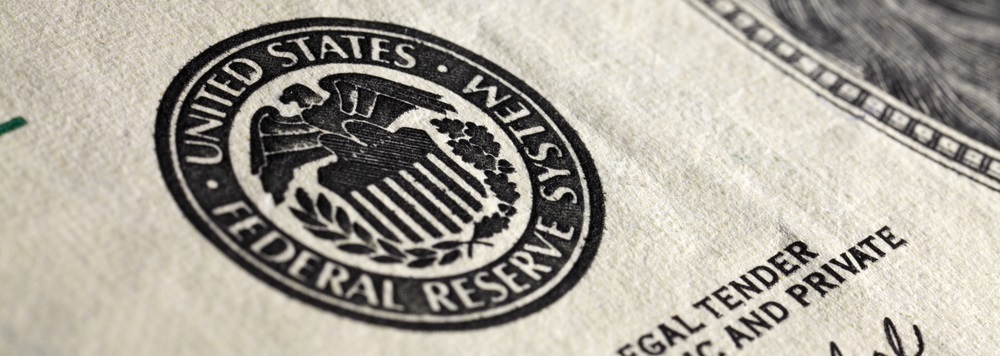“Three steps and a stumble” tells us that stocks are set to fall.
This rule dates to at least the 1950s. It’s a simple market timing rule — when the Federal Reserve raises rates three times, stocks fall. Last month’s increase in the fed funds rate was the third step. Now it’s time for the stumble.
Or is it? The chart below shows that stocks often ignore the Fed for years at a time.
(Sources: Federal Reserve and Banyan Hill calculations)
Let me explain that chart.
Fed economists often mention the Taylor rule. The Taylor rule tells us what the interest rate should be given the current rate of economic growth and inflation.
We can subtract the fed funds rate from the Taylor rule rate to see if the Fed is following an easy or tight money policy. That’s what the chart shows.
When the difference is greater than zero, the Fed is raising inflation by printing money. In contrast, tight money policies are designed to lower inflation. This shows up in the chart as times when the difference is less than zero.
Right now, we are in an easy money period. Most analysts think this is bullish for stocks.
The chart, however, shows a surprise: The easiest money policy in history coincided with a brutal stock market. Prices went nowhere from 1966 to 1982 as the Fed printed money.
Analysts also think tight money is bearish, which leads to the “three steps” rule. But the data reveals an inconvenient truth: The great bull market from 1982 to 2000 coincided with a tight money policy.
A Fed policy jump started the current bull market in 2009. But the Fed might not matter anymore. Economic growth and strong earnings could propel the market to levels no one can imagine.
Regards,
Michael Carr, CMT
Editor, Peak Velocity Trader
